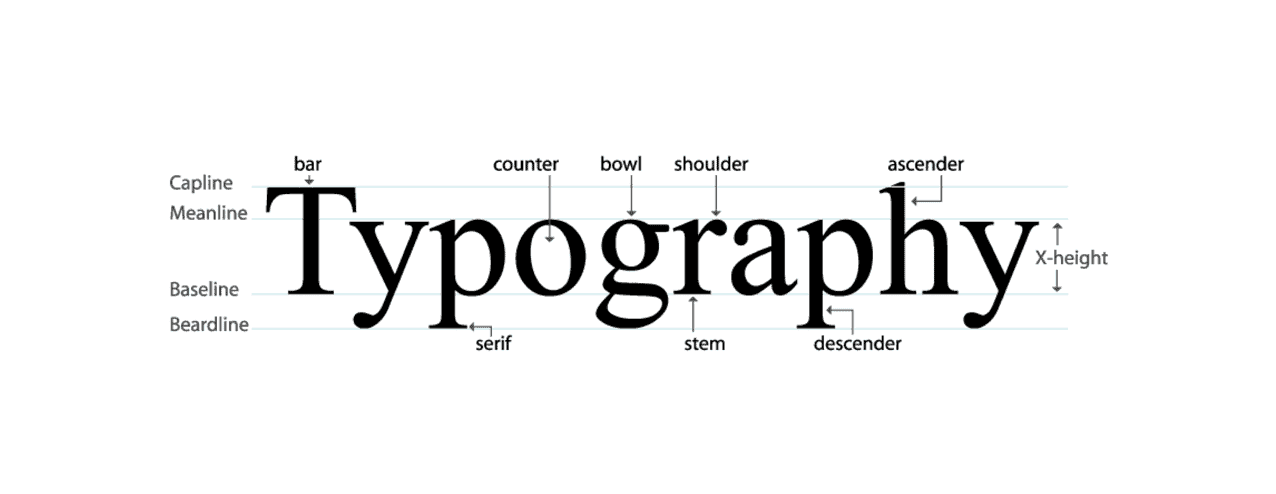The Importance of User Experience (UX) in Web Design
In the ever-evolving digital landscape, the success of a website hinges not only on its visual appeal but, more importantly, on the experience it offers to users. User Experience (UX) is the key to unlocking a website’s full potential, influencing everything from user satisfaction to search engine rankings. In this exploration, we delve into the […]

In the ever-evolving digital landscape, the success of a website hinges not only on its visual appeal but, more importantly, on the experience it offers to users. User Experience (UX) is the key to unlocking a website’s full potential, influencing everything from user satisfaction to search engine rankings. In this exploration, we delve into the profound importance of UX in web design and why it should be at the forefront of every designer’s considerations.
- First Impressions Matter:
- The 5-Second Rule: Users form an opinion about a website within the first few seconds of visiting. A well-crafted UX ensures a positive first impression, reducing bounce rates and increasing the likelihood of user engagement.
- Navigation and Intuitiveness:
- User-Friendly Navigation: Intuitive navigation is the cornerstone of a positive UX. Clear and logical navigation structures guide users seamlessly through the site, reducing frustration and enhancing overall satisfaction.
- Mobile Responsiveness:
- Adaptability Across Devices: With the rise of mobile usage, a responsive design is paramount. Websites that provide a seamless experience across various devices not only cater to a broader audience but also align with search engine preferences, as Google prioritizes mobile-friendly sites.
- Page Loading Speed:
- Patience is Limited: Users expect fast-loading pages. Slow websites can lead to frustration and high bounce rates, adversely affecting both user experience and SEO. Optimize images, minimize HTTP requests, and leverage browser caching to enhance page speed.
- Content Readability:
- Clear Typography and Readable Content: Well-structured and easily readable content contributes to a positive user experience. Utilize appropriate font styles, sizes, and line spacing to enhance content legibility.
- Visual Appeal and Consistency:
- Balancing Aesthetics and Functionality: A visually appealing design should not compromise functionality. Consistency in design elements, color schemes, and typography creates a cohesive and professional look, contributing to a positive user perception.
- Interactive Elements:
- Engagement and Interactivity: Incorporating interactive elements such as sliders, buttons, and forms enhances user engagement. Well-designed interactions keep users interested and can lead to increased time spent on the site.
- Feedback and Error Handling:
- Guidance through Feedback: Provide clear feedback for user actions and error messages. Effective error handling guides users through the navigation process, reducing frustration and improving overall satisfaction.
- Accessibility for All Users:
- Inclusive Design: Ensure your website is accessible to users with disabilities. An inclusive design not only broadens your audience but also aligns with ethical design practices and search engine guidelines.
- Continuous Improvement through Analytics:
- Data-Driven Iteration: Regularly analyze user behavior through tools like Google Analytics. Use data to identify pain points, track user journeys, and make informed design decisions for continuous improvement.
Conclusion:
User Experience (UX) is the linchpin of successful web design, influencing user satisfaction, brand perception, and even search engine rankings. As the digital landscape continues to evolve, prioritizing a seamless and enjoyable experience for users is not just a recommendation – it’s a necessity for sustained success in the competitive online arena. By understanding the intricate relationship between design and user experience, designers can craft websites that not only look good but also resonate with and captivate their audience.





Comments ( 0 )